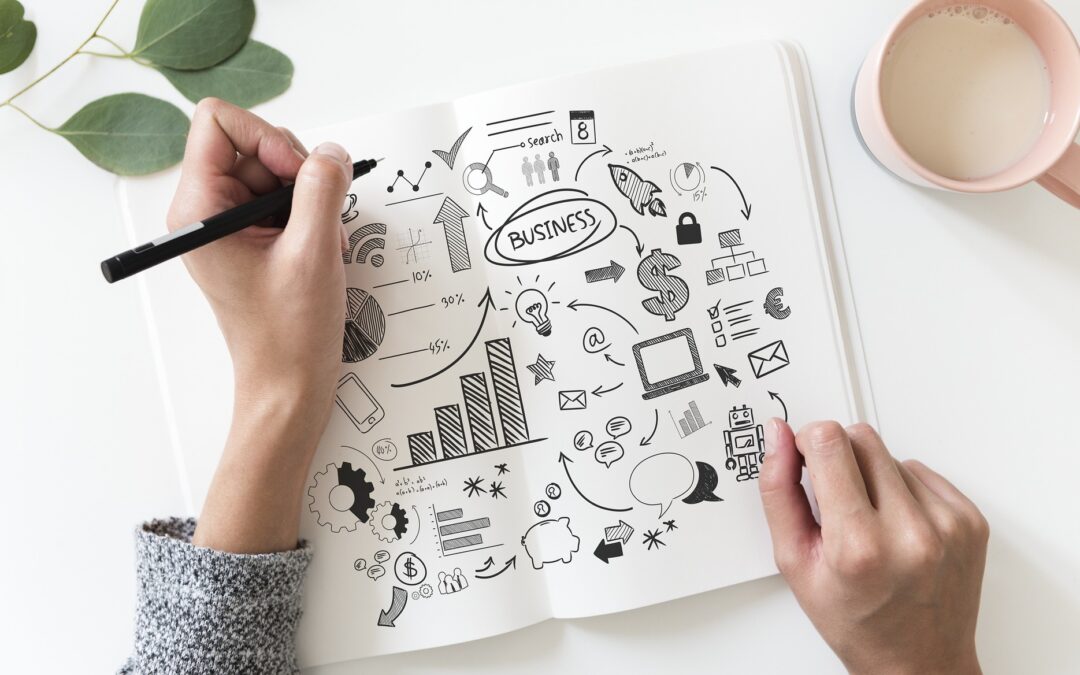Many small business owners use their personal belongings in their businesses. Doing this shows the banks and the CRA (Canada Revenue Agency) that you have a personal stake in the venture.
Naturally, the CRA has put together some rules which you need to follow in order to account for these transactions.
Here are some tax tips which you can keep in mind when bringing your personal property into the business.
Bringing Assets into a Sole Proprietorship
When you bring assets into a sole proprietorship, then the CRA views it as if you’re business purchased that asset from you.
Suppose you purchased a computer for $1000 and used it personally before starting the business. Now when you decide to use the computer in your business, the CRA will require you to look at the fair market value of the asset.
Suppose your computer’s fair market value is $500. You will use this figure when calculating the Capital Cost Allowance (CCA) on your tax return.
If the fair market value of your asset is higher than its purchase price, then the difference will be reported as a capital gain on your tax return.
Bringing Assets into a Partnership or Corporation
In this case the rules are a little different and certain conditions need to be met.
Assets are transferred for an elected amount which might be different from the fair market value.
Suppose you have a building which you want to bring into a partnership and all the partners decide on $100,000 as the elected value. The partnership will use this amount as the purchase price for its records.
However, you’ll need to do some more calculations for your personal income tax. For example, if you paid $45,000 for the building, you will have to report the $55,000 difference as capital gains on your tax return.
Purchasing an Existing Business
There are two ways in which you can account for the purchase of an existing business for income tax purposes.
- You pay a mutually agreed amount for the entire business and the sales agreement details the price of each asset, the value of the inventory and the amount attributed to goodwill. In this case, you can use these prices to calculate your claim for CCA.
- If the price details are not mentioned in the sales agreement then you need to determine how much of the purchase price should be attributed to each asset, inventory and if applicable to goodwill. Keep in mind that the amounts given assets and inventory should be at the fair market value. Once this is done, you should sort the assets into the appropriate categories and claim CCA.
GST/HST Tax Credits
If your business charges GST/HST than you might be able to claim an input tax credit on any personal assets you bring into your business. This credit provides a refund on any sales tax paid on business expenses. Keep in mind that this rule applies to sole proprietorships, partnerships as well as corporations.
Again, calculate the sales tax based on the fair market value of the asset.
Capital Property
Remember that the above mentioned rules only apply to capital property. This means that transferring office furniture to your business is acceptable but transferring supplies such as paper and pens is not. Capital property also includes non-tangible things such as debt obligations.
Accounting for the above mentioned transactions will increase your business expenses and decrease your taxable income.
Syed A. Raza Professional Corporation CGA, CPA, LPA has a considerable amount of experience in helping small businesses with the tax implications for these types of transfers.
For more information, contact to get a free consultation.

